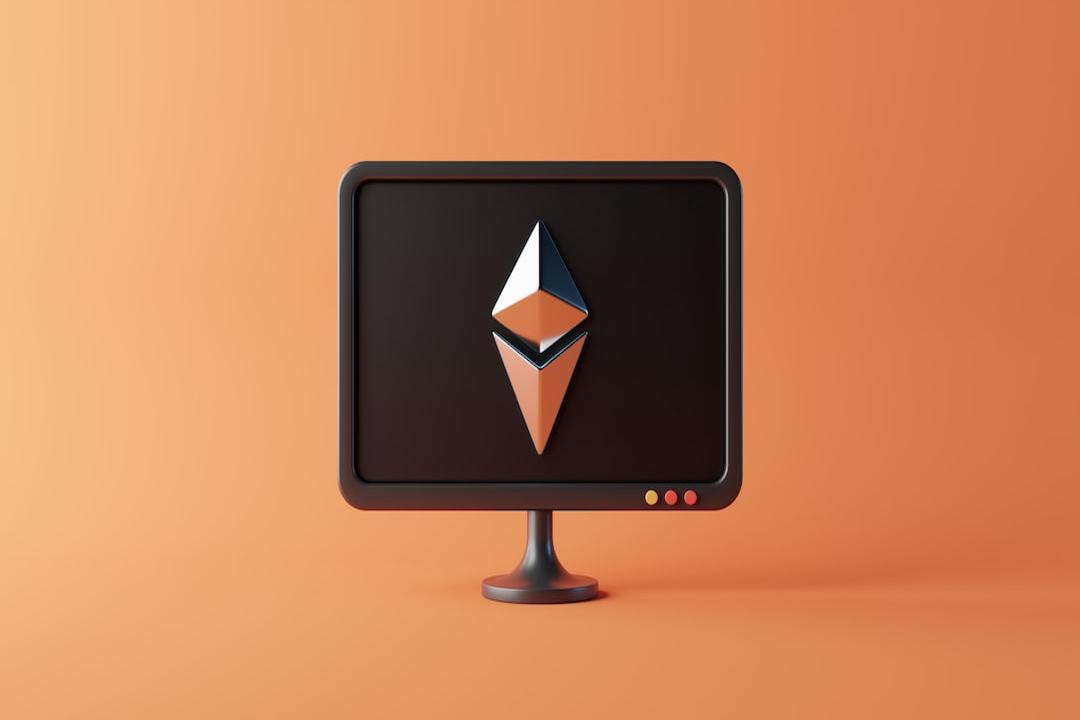Recently, established Layer 1 blockchains such as Solana and Avax have made significant progress. However, are Ethereum Layer 2 solutions like Arbitrum, Optimism, and zkSync becoming too complacent?
The main issue with Arbitrum, Optimism, zkSync, and other Layer 2 solutions is that they are too focused on emulating Ethereum Layer 1’s DeFi ecosystem, leading to path dependency. However, Layer 2 has its own unique characteristics and should explore paths that cater to higher performance requirements. The market’s biggest demand for Layer 2 is not a shadow of Ethereum Layer 2, but a completely new approach.
How can Layer 2 compete with Solana?
These paths involve high-frequency applications. Just as Solana’s efforts on DePin have shown, repeating past paths lacks explosiveness. Solana’s ecosystem has a good grasp of this, and this may be related to the common investment institutions of Helium and Solana. However, ultimately, new attempts bring new narratives, and new narratives ignite the market.
In addition, Arbitrum, Optimism, and zkSync need to direct their most valuable economic support (tokens) towards new projects and developers in emerging fields. Layer 2 ecosystems have a late-mover advantage in token economics and can design incentive programs that are better than previous blockchains. @Arbitrum @Optimism @zkSync
Learning from Solana instead of looking down upon it
Solana’s breakthrough serves as a good demonstration for Arbitrum, Optimism, and zkSync. It should be about learning more and not belittling.
If after the KanKun upgrade in the first half of next year, Arbitrum, Optimism, and zkSync can introduce several popular applications in the fields of Web3 games, AI, or DePin, there is a chance for a new change.
The real competition between Arbitrum, Optimism, zkSync, and Solana will truly begin in the second half of next year. The winner for the next two years can be seen from this. The cycle is long, and there is no conclusion yet.
The Ethereum ecosystem should also be grateful for the innovative breakthroughs on BTC and Solana. Without this catfish effect, the Ethereum network would be too complacent. The stimulation from BTC and Solana’s ecosystems has been enough to draw attention from the Ethereum community. The most important thing is not to look down upon or antagonize, but to learn from other ecosystems’ paths to breakthroughs. Only in this way can Ethereum continue to move forward. Ethereum has experienced multiple FUDs in its history, but we believe in the resilience of Ethereum’s developers and community.
(The above is just one opinion and should not be taken as investment advice.)
Related Reports
Comprehensive List of Token Minting Tools: Wallets, Query Websites, Launchpads, and more from major blockchains
Can “Tokens” withstand the challenge of transaction volume? Is it only limited to Bitcoin?
Privacy-focused blockchains in the bullish market: What is Fully Homomorphic Encryption (FHE)? How does it differ from ZK?
Tags:
Arbitrum
Optimism
Solana
zkSync


